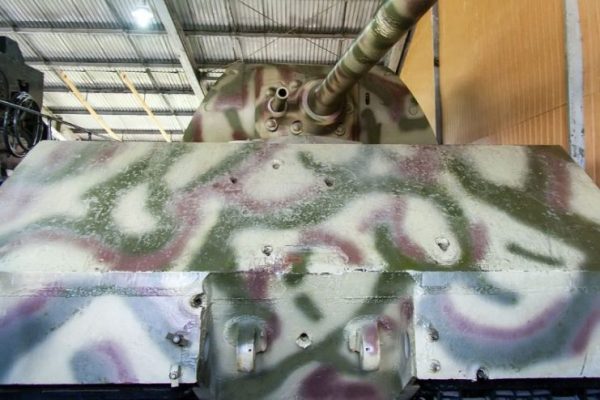The Mighty Maus – at 207 Tons it is the Heaviest Tank Ever Built
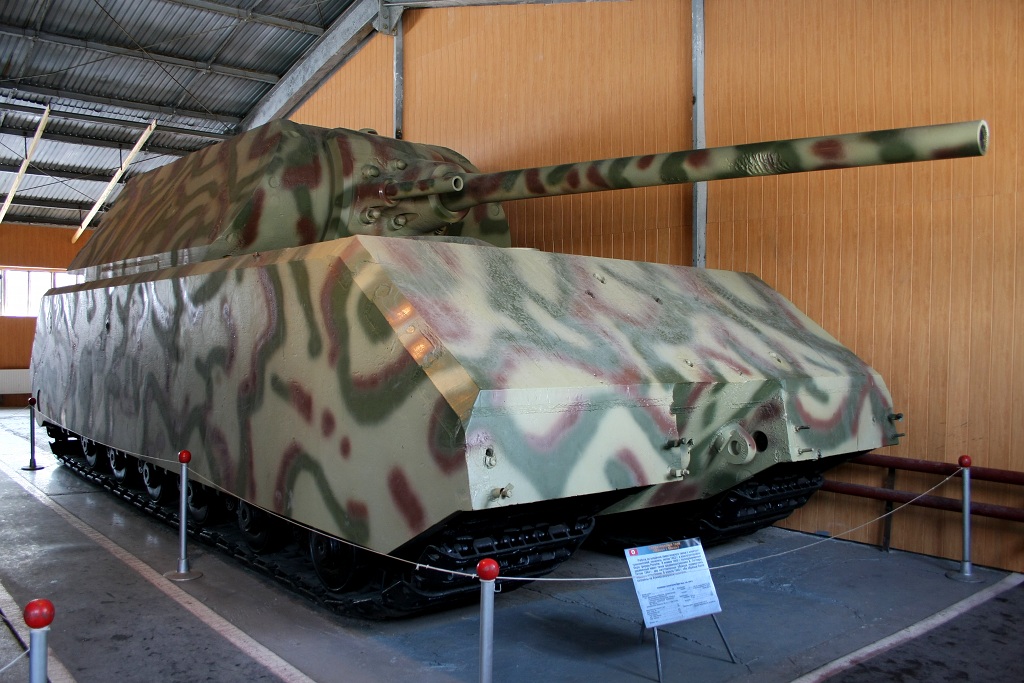
The Maus spawned from Hitler’s now well known obsessions with large, war winning weapons. On multiple instances Germany tried to create a super heavy tank, but for reasons mainly down to logistics they were never able to do so successfully.
The closest they got was with the PzKpfw VIII Maus, a 200 ton beast of which only two were made.
The use for a massive breakthrough tank was suggested to Hitler in late 1942 by Ferdinand Porsche, after a 1941 study on Soviet heavy tanks. Hitler approved, and the designs were drawn up. A tank with the heaviest armor possible, and armed with a 128 mm or 150 mm gun.
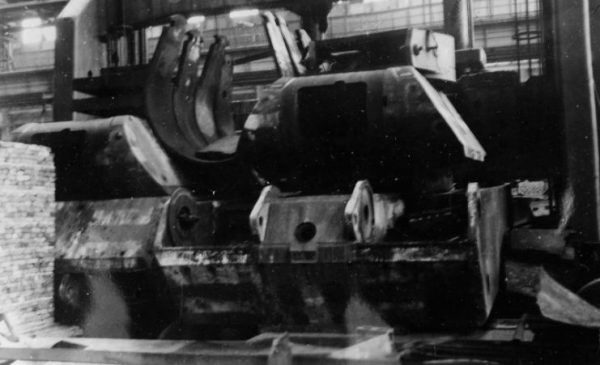
To develop this tank, many companies were needed. Daimler-Benz were to provide the engine, Siemens would provide the transmission, and Krupp, one of the biggest steelworks at the time, would handle the hull and turret. All these components would then meet at the Alkett factory for assembly.
Two prototypes were to be built (V1 and V2) but, inevitably, a tank of this size takes some time to design and build, especially while the nation is at war. A full size wood mock-up of the Maus was shown to Hitler and his staff on May 14th 1943, who placed an order for 150.
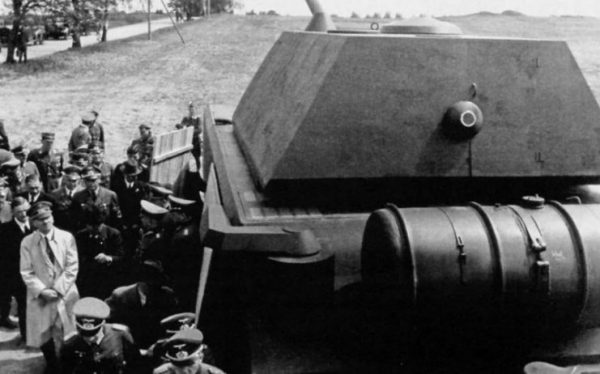
Major delays and setbacks due to its complexity and the relentless Allied bombing meant suddenly on the 27th of October 1943, the order of 150 tanks was reduced to just the completion of one. Trials of the prototypes would still go ahead however in December of that year.
The first prototype (V1) was powered by a gasoline MB509 V12 (DB 603) engine with an output of 1080 hp, while the second prototype (V2) used a 12-cylinder Daimler-Benz MB517 diesel engine with a capacity of 1,250 hp. Both of these powered a petrol/diesel electric drive system, where the engine would provide power to an electric motor driving each track, similar to Porsche’s design in the ‘Porsche’ Tiger prototype.
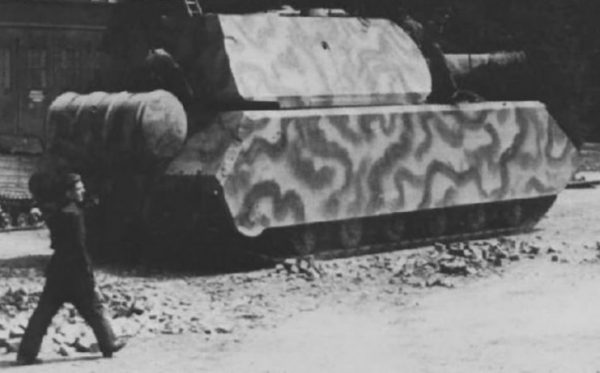
Due to a lack of available turrets, the trials were done with the V1 prototype equipped with a ballast in the rough shape of the turret to simulate its weight. Tests were surprisingly successful. A few issues were spotted, but nothing out of the ordinary for a new vehicle.
It was reportedly easy to drive, and the electronic drive train worked well and provided a fine level of control over the vehicle. A maximum speed of 14 mph or 22 kph was achieved, which was actually faster than expected. It also had decent ability to cross soft terrain.
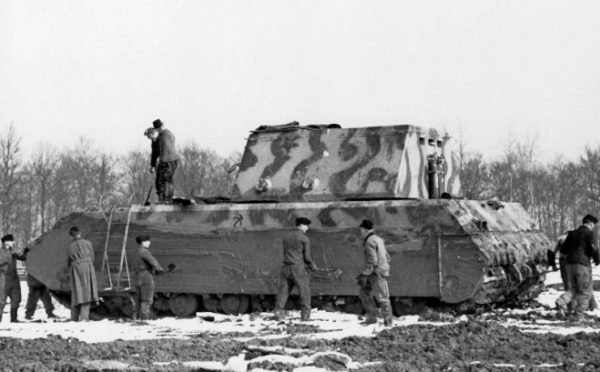
The V2 prototype was mated with a mostly complete turret for testing.
Inside, the tank contained a crew of six. Its large fuel tanks gave it a range between 38 and 100 miles depending on the terrain it was on. Surrounding the crew was 200 mm of armor on the frontal hull, 185 mm on the sides, and up to 240 mm on the gun mantlet.
Interestingly, the turret front was designed to be 220 mm thick, but the due to the curved nature of the plate, the bending process thinned the armor out to a maximum of 202 mm.
To go with this huge tank, an equally huge gun was used. Originally it was intended to mount a 150 mm gun, but further into the design process Hitler and his engineers settled on the 128 mm KwK 44 L/55 anti tank gun. This was essentially the same gun used in the formidable Jagdtiger.
At a range of 1000 metres, the KwK 44 could penetrate an incredible 250 mm of armor, at 2000 metres it could still penetrate 200 mm of armor, and even at 3000 metres it could make its way through over 170 mm of armor.
At 3000 metres it still had more penetration than the 88 mm KwK 36 on the Tiger I heavy tank did at just 100 metres.
As if that wasn’t enough, mounted coaxially to the 128 mm was a 75 mm gun (same size used on the Sherman tank) for use against infantry and soft skinned vehicles to save ammunition from the main gun. On the other side of the 128 mm was an MG 34 machine gun.
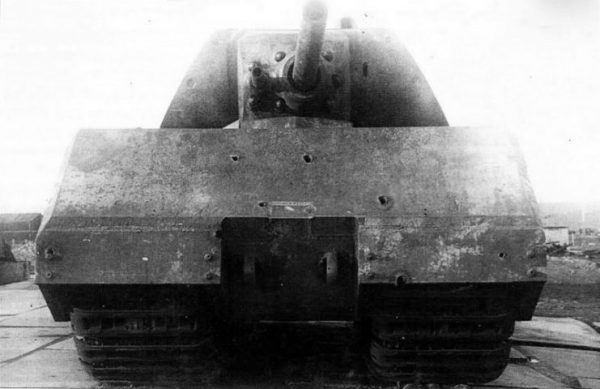
After all this, the Maus weighed 207 tons all in, preventing it from crossing many bridges. To solve this, like with the Tiger I, a system was devised to allow the Maus to cross a river by making sure it was water proofed, and fording the river. The fording tank would switch its engine off, and run the electric motors only, which would be powered by a second Maus on the surface acting as a generator. Power would be sent through a connecting cable.
During the war, only the two prototypes were completed. With Soviet forces approaching, it was decided the prototypes must be sabotaged. Charges were placed inside the engine and fighting compartments of both tanks and detonated. The hull of the V2 tank with the finished turret was irreparably damaged due to having ammunition inside, but the turret remained mostly intact. The hull of V1 was also in good condition.
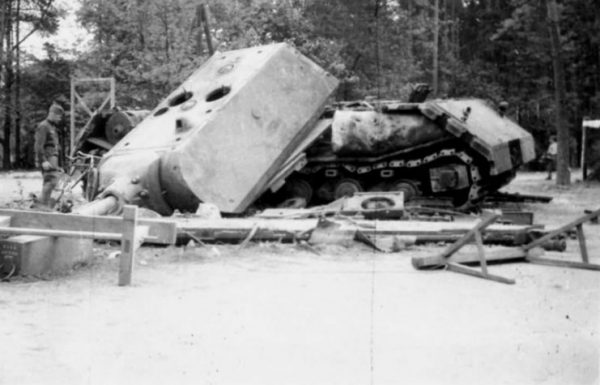
After discovery by the Soviets, they used 6 FAMO Sd.Kfz.9 halftracks to move the 55 ton turret from the V2 tank onto the V1 prototype hull to make one completed vehicle.
The tank was then moved to the Soviet testing grounds at Kubinka, Russia, for evaluation, after which the surviving internal components were removed. The 200 ton Maus is still located at Kubinka, in the Military-Historical Museum of Armored Vehicles and Equipment.
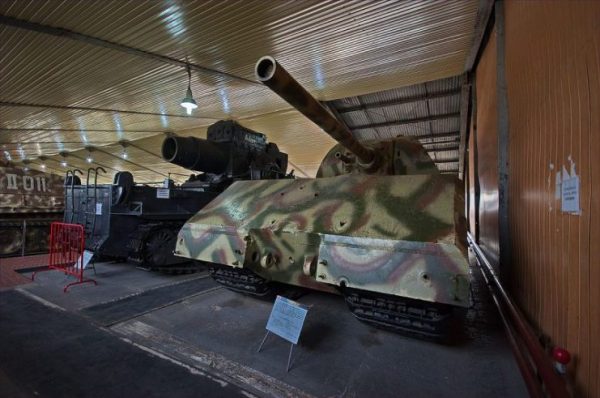
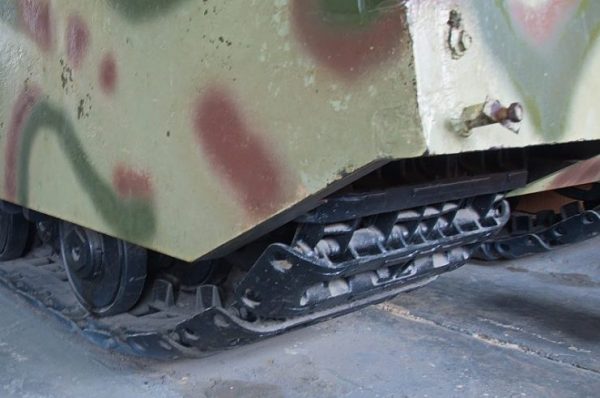
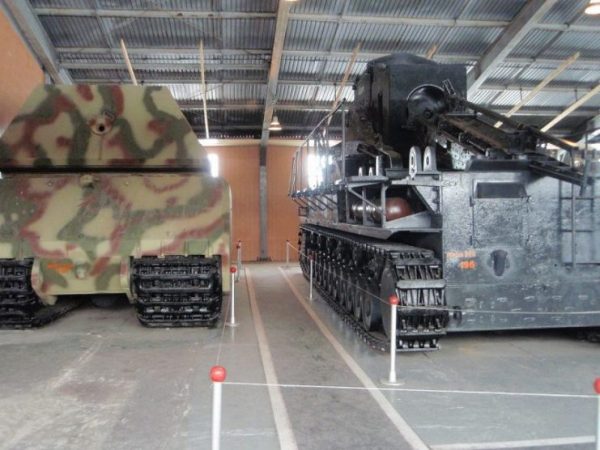
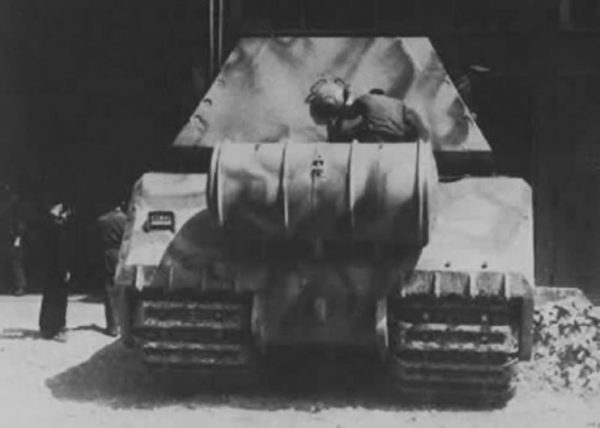
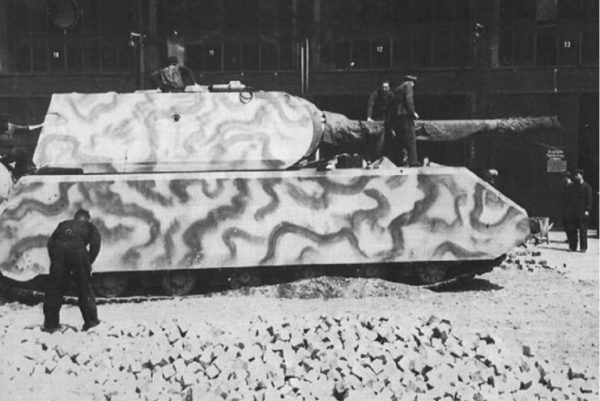
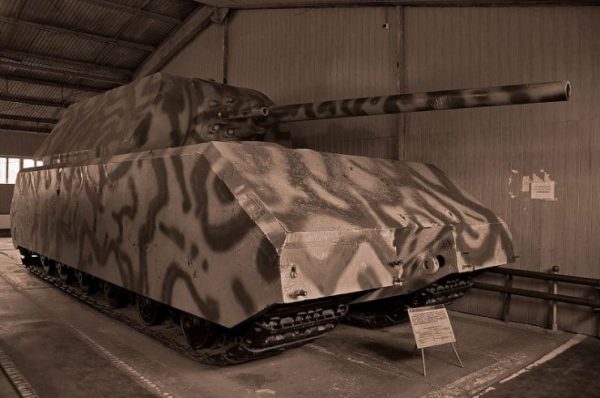
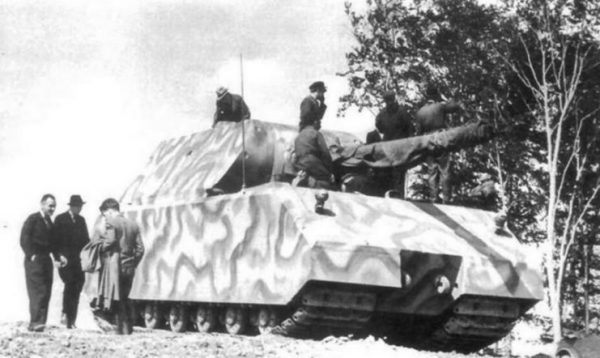
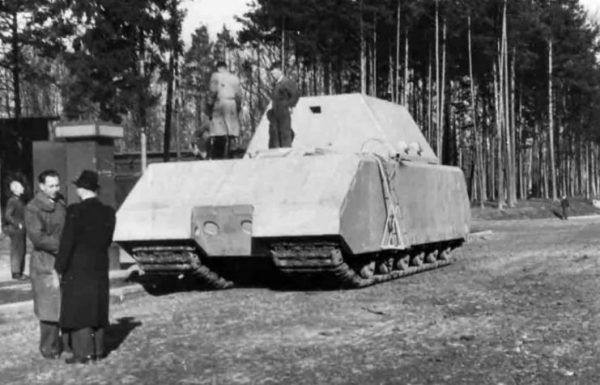
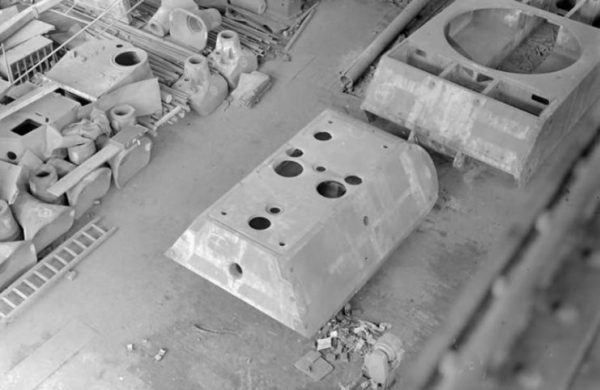
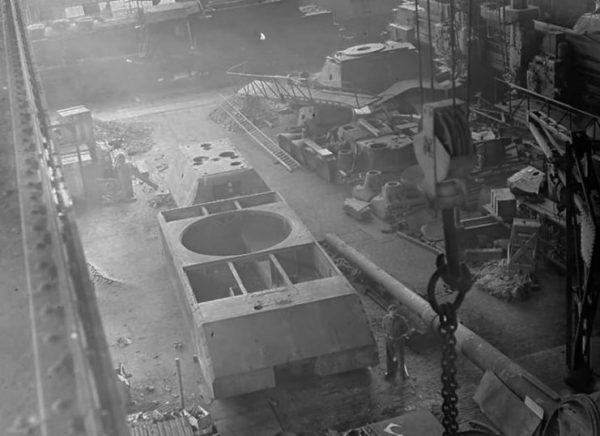
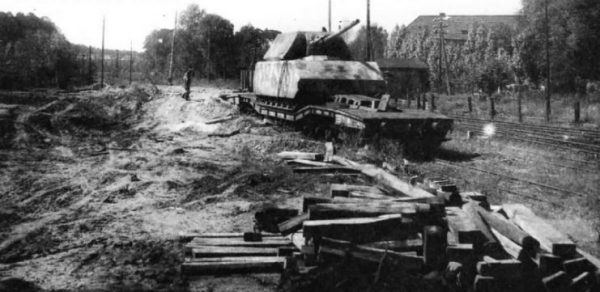
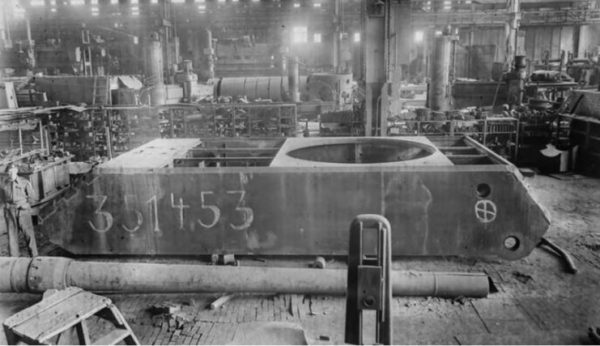
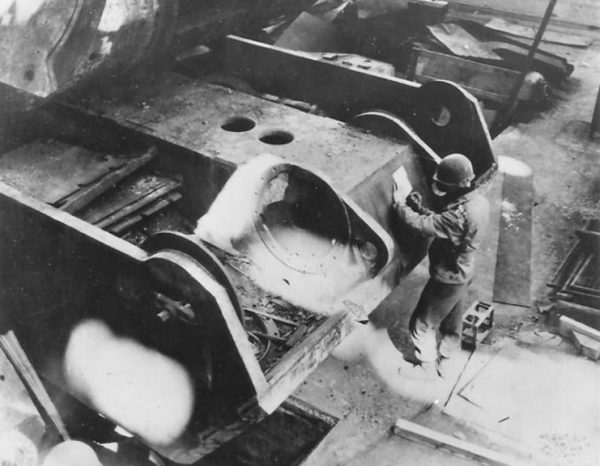
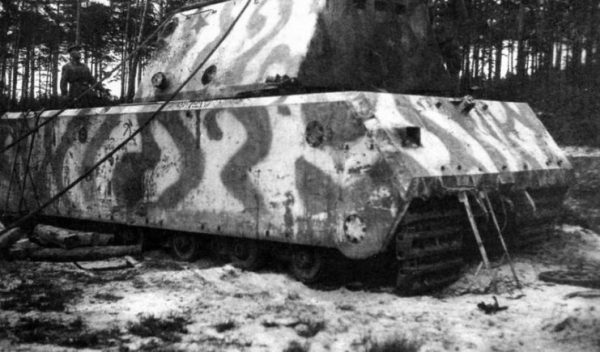
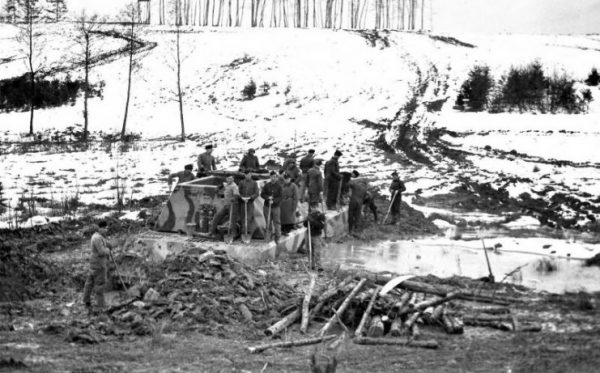
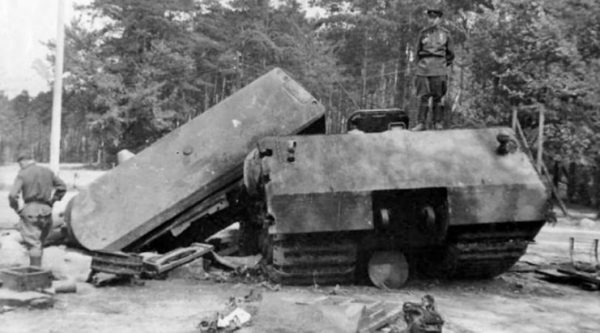
Another Article From Us: The Mighty B Company “Black Panthers”of World War II
